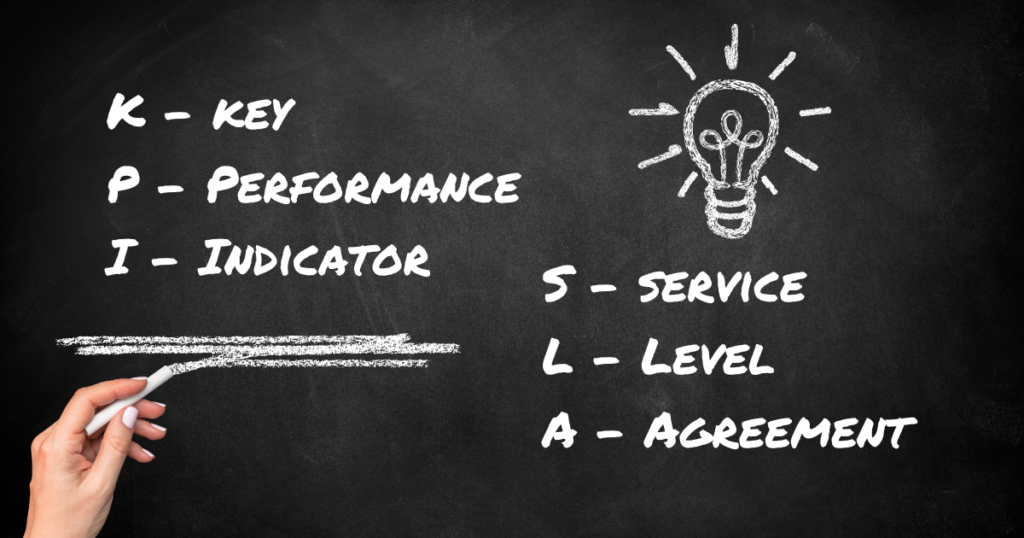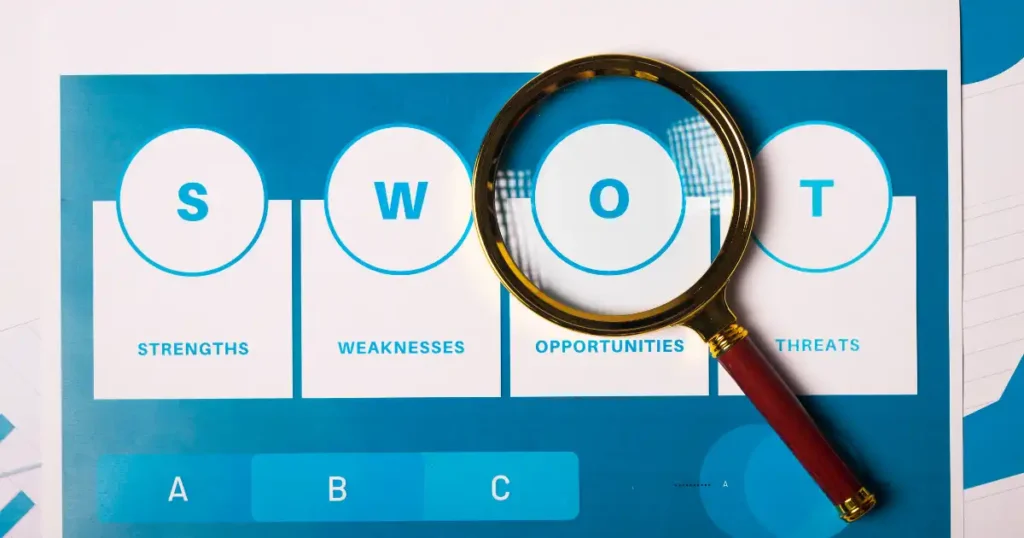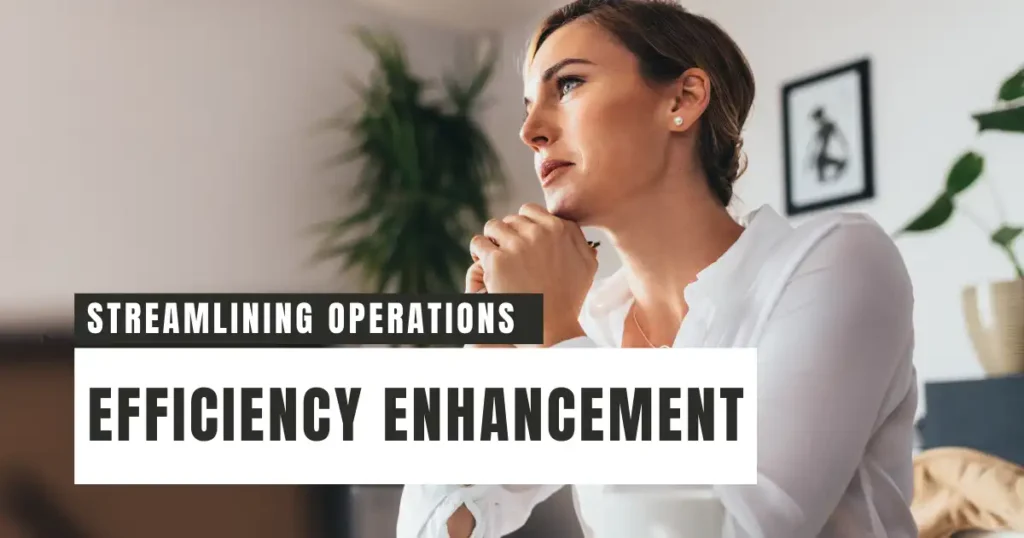Table of Contents
Organizations today are changing, innovating and evolving like never before. With the ascent of new technologies, ways of working, cost and time pressures, these organizations are doing whatever they can to stay ahead of the curve, and ahead of the competition. A big part of this drive is building into the organizational strategy business improvement techniques. This is a shift that many organizations both large and small now do as a default activity when building out, reviewing or redoing their organizational strategy.
When it comes to business improvement techniques, there are many to choose from. These range from those tried and tested techniques that have been around for many decades (linked to methodologies such as Lean Six Sigma, Agile etc.) and those that have been formulated more recently, built out by individuals within organizations striving to do things their way. Whichever it is, business improvement techniques being available in abundance is great for your organization. It gives you choice, it gives you clarity and it gives you evidence of what option will work for you, and which of those will not.
8 Business Improvement Techniques
In this article, we are going to run through an initial 8 business improvement techniques that those organizations who have had the most success with business improvement often deploy. These are methods that are tried and tested, regularly lead to outstanding results but are also easy to deploy in the right organization. When it comes to deploying business improvement techniques, you do not have to boil the ocean as they say – keep it simple, keep it consistent and keep it consistent.
1. Create a Business Improvement working group

Referred to as a business improvement working group, a business improvement forum or operational excellence group, whatever name you choose, the aim is always the same. You identify a range of people from the business who you want present. These individuals will represent various departments from across the business (don’t include more than 1 person from any one department) who will speak on behalf of their area of the business. The people in question can range from Leaders or Managers of that particular department to Team Leaders or the Executives working in the main processes. This will depend on what you want to get out of your group.
Traditionally, the people in this working group will have some authority or power within the business to make decisions and be able to move things along. They will sign off on improvement ideas, free up resource within their teams to support on this and come with an objective view on why the idea is a good one, or not, and how this should be approached. They will also be those people who have a captive audience and can go to them to sell ideas, get buy in and support for the changes proposed or source fresh ideas for them to take to the working group.
The main aim of this group is to discuss proposals and make decisions so business improvement ideas can be deployed – removing any blockers or problems along the way.
2. Set up a business improvement mailbox

Setting up a business improvement mailbox that everyone knows about is another great business improvement technique. It is a technique that is not only good from an ideas perspective, but is a great way to increase engagement within the business. When it comes to making decisions about new products and processes, changes to operations, team structures, existing systems etc. one of the most common complaints received by Managers and Leaders from the wider business (colleagues and employees) is that these decisions were made in silo, without consultation from the wider business.
This can lead to frustration amongst colleagues and a sense of being left out in the cold, especially if the deployment of any changes either does not go particularly well or causes more problems than originally anticipated.
Crucial here is to get buy in from colleagues on the ideas proposed, and the best way to do this is to source the ideas from the colleagues themselves. Colleagues will have great ideas for how to improve products, processes and procedures. They are the ones who work within the processes operationally on a daily basis, so they will know what is working and what is not. They will know where the pressures are, the pain points and the source of errors, issues and defects. Not only does this approach empower your colleagues to speak up and improve engagement rates and colleague satisfaction, but also leads to the generation of a wealth of really good ideas.
All you need to do is set up a mailbox called something like [email protected] or [email protected] , communicate this out to the wider business and get collecting ideas. This business improvement technique pairs well with the business improvement working group or a business improvement team.
3. Build out a business improvement team

Another of the business improvement techniques many companies are now looking to approach is actually building out a full business improvement team of your own. Whether this be called Process, Continuous or indeed Business Improvement, the team in question will generally work across the business to spot improvement opportunities, launch a range of projects to deliver these opportunities and project manage these through to completion. They will use their expertise in a range of improvement methodologies (Lean, Six Sigma, Quality Management etc.) to deliver the change needed in the organization.
This approach is, of course, a more costly option. It would involve building out a team of around 4 or 5 individuals, requiring you to source them from the wider market. They would need to have the skills and qualifications as laid out previously, and there could be a price tag attached to said qualifications. When approaching this option, you would need to pull together a business case which justified this hiring. For example, if you are going to build out a team of 4 people which will cost $500,000 a year all in, how are you going to save the business this money, plus additional money and time?
When it comes to department such as a quality or improvement one, the general rule of thumb is that it must “pay for itself”. This may seem daunting, but it is actually a great way to motivate the team to get a good job done and deploy the best possible business improvement techniques possible.
4. Process map all of your processes

The 4th of our business improvement techniques revolves around the process. Spending some time mapping out all of your processes is a really important activity we recommend for a number of reasons. Firstly, by mapping out your current state process maps you can easily identify where there is waste, opportunities for improvement and the locations of the causes of repeat errors and defects. They can give you a good starting point to initiate a range of improvement projects and initiatives, all enabling you to move from a compromised current state to a desired future state.
Secondly, organizations should have process maps with each of their processes regardless of any improvement activities going on at any given moment. This enables those working within the process to understand the wider ecosystem within which they are working (you’d be surprised at how rare this is), it enables you to de-silo working practices, getting people working collaboratively together, and it can be used as a training aid. The biggest benefit about process maps is that they are visual, so they tell the story exactly as it needs to be told. It can be used to initiate change, communicate a message out to others to justify actions being taken.
When it comes to this approach, you can deploy a range of business improvement techniques – from mapping, improving, reforming, amending, designing and redesigning your processes.
5. Give your key processes owners

One of our business improvement techniques that leads to the greatest accountability and responsibility is to give the key processes within your operations owners. Many organizations lack such accountability and responsibility, and this lack of can lead to many of the challenges you see within your processes. A process takes longer to produce its outputs than it once did because of increased waste – no one was watching the process therefore the waste remains. A process is seeing the number of errors produced by its activities increase month on month – no one was watching the process therefore the number of errors generated continues to rise.
By giving your key processes owners, you have someone watching at all times. They can check that the process is operating as expected. They can check on the quality of outputs, on the working being done by the people within it, on how much resource is required, on the stability of the workflow. They are responsible for addressing any issues and problems as they arise, root causing them and fixing them there and then. They are responsible for ensuring improvement efforts are deployed on a regular basis to keep waste down, to improve flow, to remove rework loops and bottlenecks, to ensure systems function as expected.
Giving all of these activities to someone as part of their responsibility within their job role is a really powerful way of increasing accountability. If these aspects of the process go array, it is up to you and you alone as the process owner to ensure they are addressed. No confusion. No ambiguity. Just action. That is the power of good business improvement techniques.
6. Set up good reporting, metrics and dashboards

One of the most popular business improvement techniques but often one of the most poorly deployed is how you actually monitor the performance of your business. Our organizations have an abundance of data and information available to us, we often just don’t use it right. Within the world of business improvement, you need to devise a way to use all of this data and turn it in to insight. Insight that enables you to make better, more informed decisions. Insight that enables you to launch improvement projects, to reduce troublesome activities, to recognize poor performance and the need for support in your people, processes or products.
The data produced here and the methods you use to present it are really crucial decisions to make. This information will set the tone for your business, for how it performs and for how your customers see it, and you can use it as a precursor to the deployment of your other business improvement techniques.
To do this, think about what you want to be seeing from a dashboard perspective. this can change by team and seniority within the business, but each department and individual should have some sort of access to this data in a presentable format. Make sure the data is tailorable to the individual, so they can run reports based on their own needs and use the data to report back to Leadership to give them the insight they need to make better decisions. It goes to show, choosing the right business improvement techniques always leads to be better outcomes.
7. Establish sound SLAs, KPIs and performance metrics

Tied very much to the business improvement techniques surrounding point 6, data will only take you so far. How can you deliver change and improvement if you don’t actually know what you want to change to? How can you find a path to get from your current state to the future state if you don’t know how you are currently performing against where you’d want to be performing? Without establishing a baseline for performance today, how can you identify truly what good looks like for your organization?
All of these questions indicate you need to establish good KPIs or SLAs for your organization – and establish such metrics is in within itself about establishing good business improvement techniques. You need to state clearly that a process which is stable will only lead to a defect rate of 1%, for example. If it is currently operating at 3% defect rate, you need to address this. You baseline that in your customer contact centre, good looks like having a backlog of cases in the queue of 20 or less. If you find yourself with more, you need to initiate improvement activities to get these down.
This work can be done internally (your people, processes and procedures) but also alongside your customers. One of the most powerful business improvement techniques is to build all of these metrics into your data dashboards and reporting and ensure they can be met.
8. Engage better with your customers / clients

Our customers are the lifeblood of any organization. They may not be what pumps the blood around (they are out people and our processes), but they give us the blood (money) to enable us to keep functioning. Another of our business improvement techniques is to find a way to engage with your customers better, understanding exactly what it is they want, need and expect from your products and services.
Expand out your Account Management Team to give your customers / clients a better experience, a better ratio of Account Manager to client. Spend time with your customers by setting up regular check ins with them, send out regular surveys to understand their experience, research the wider market to understand what exactly they are saying about your organization.
Customers, like colleagues, have a wealth of information, ideas and experiences that you need to know. These will help you shape products and services to come, to reform processes to make sure they’re delivering their outputs in the timeframes expected by your customer. They will tell you if something is going wrong, is slipping or could be improved. All of this information is free information you can utilize to make better, more informed decisions and fuse it in with your chosen business improvement techniques.

To deliver business improvement techniques like this one, you can explore the use of voice of the customer tools such as surveys, participant observation, interviews, focus groups, Kano Analysis Diagrams or CTQ (Critical to Quality) Trees. All of these tools are there to facilitate the conversations you need to have / be having with your customers and clients on a regular basis so you can be clear on their wants and needs, and to turn their expectations into reality. All of this will improv your business performance, reputation and profitability.
Let’s Recap
Conclusion
To wrap this article up, we will close by identifying a few key points. Firstly, when it comes to choosing the business improvement techniques that work for you, spend some time assessing your situation. Are you looking to reduce waste, improve process stability, increase customer satisfaction or client engagement? Is it all about money and profitability? Being clear and honest about this will help you to identify the right business improvement techniques early, giving you clear runway to deliver these successfully.
It is also important that you do not deliver these business improvement techniques in silo or develop them in a vacuum. Engage with the wider business on what you are thinking about. Discuss the ideas in a Town Hall event or via email communication. Put out a poll to gage an understanding of which of the business improvement techniques proposed have the most support. This will tell you which will land quickly and which you may need to work on.
Finally, make sure you take company culture into account, and take people along this journey with you. A lot of the work you’ll do as part of the business improvement techniques you deploy will help you to shift organizational culture towards a more open, dynamic, transparent and change oriented culture. Use that, and use these techniques to help you get there. Organizations that do this will always be the most successful when it comes to delivering business improvement techniques like the ones we have just covered.







